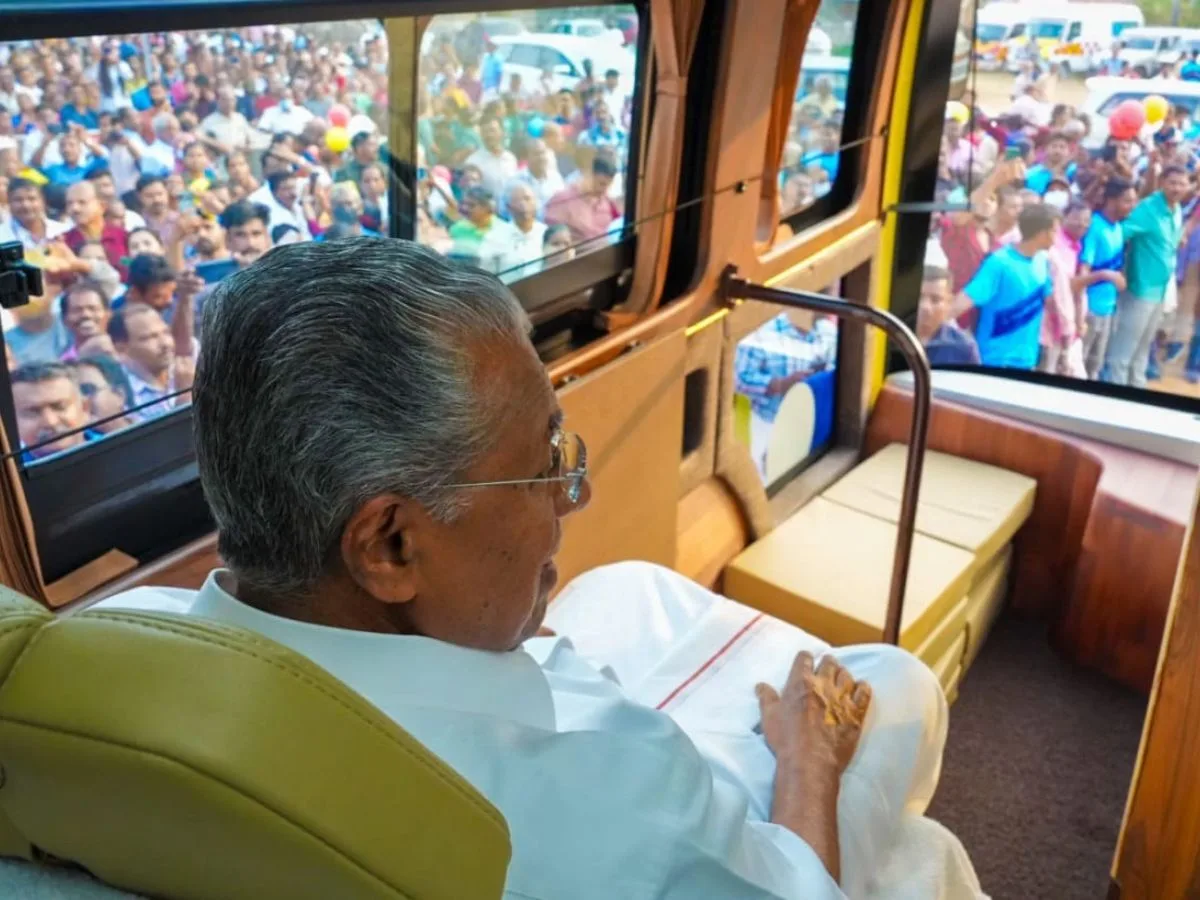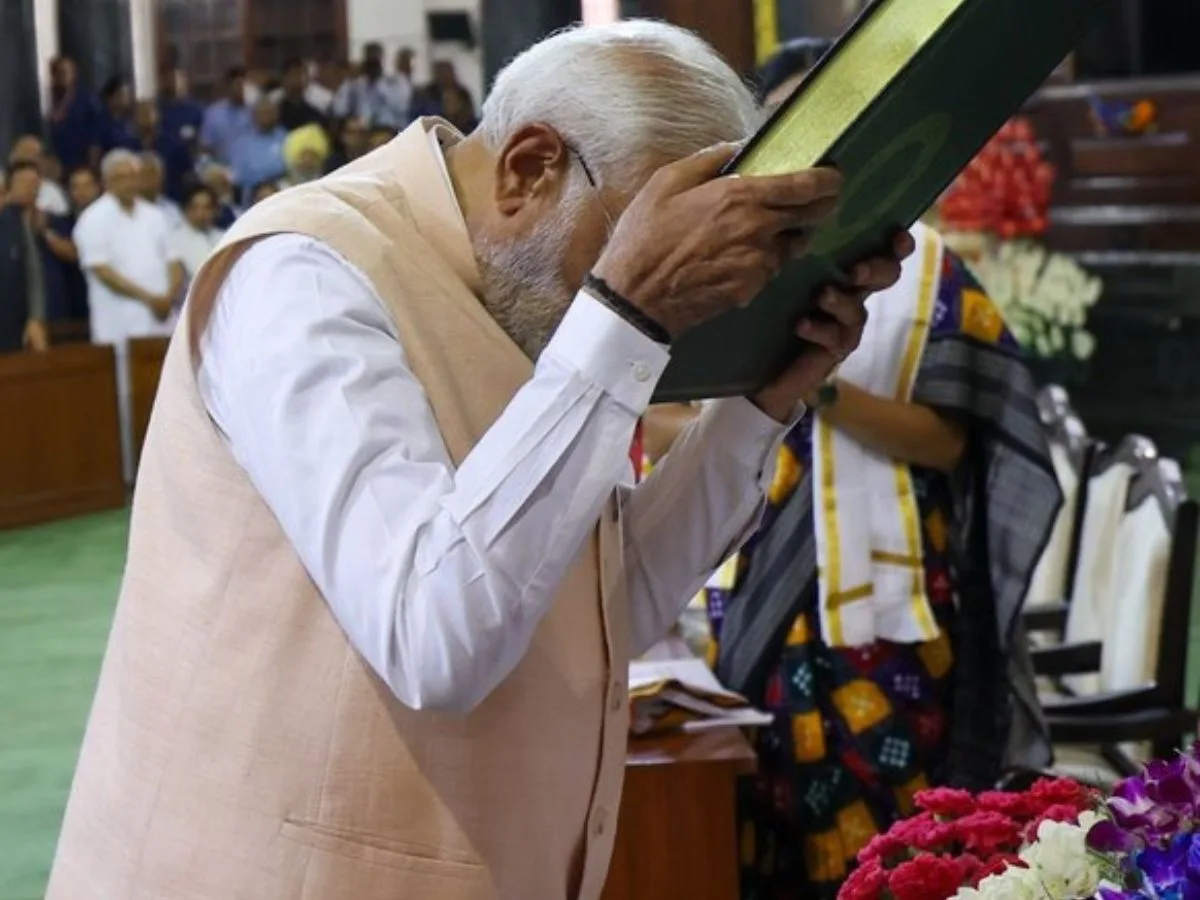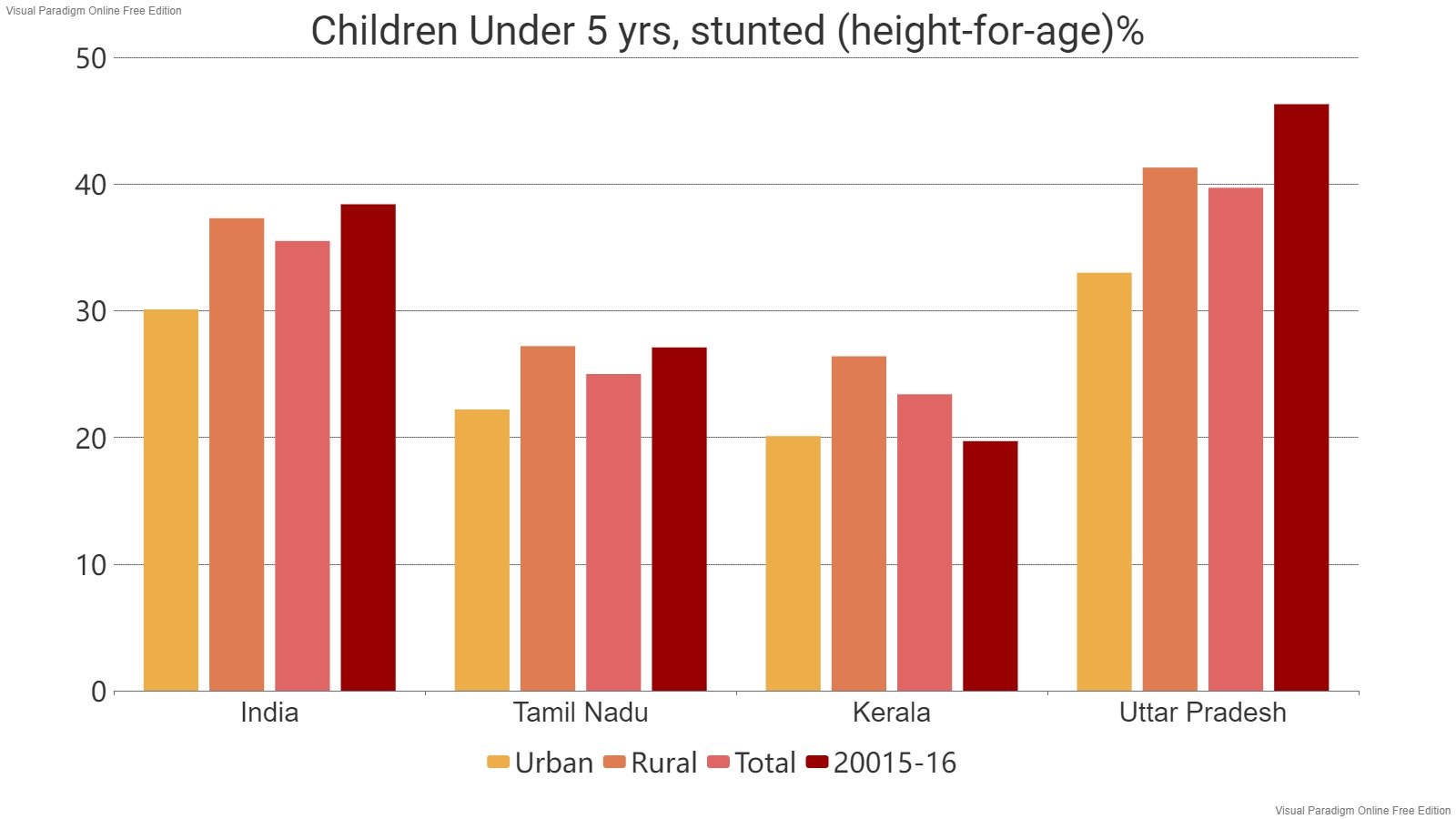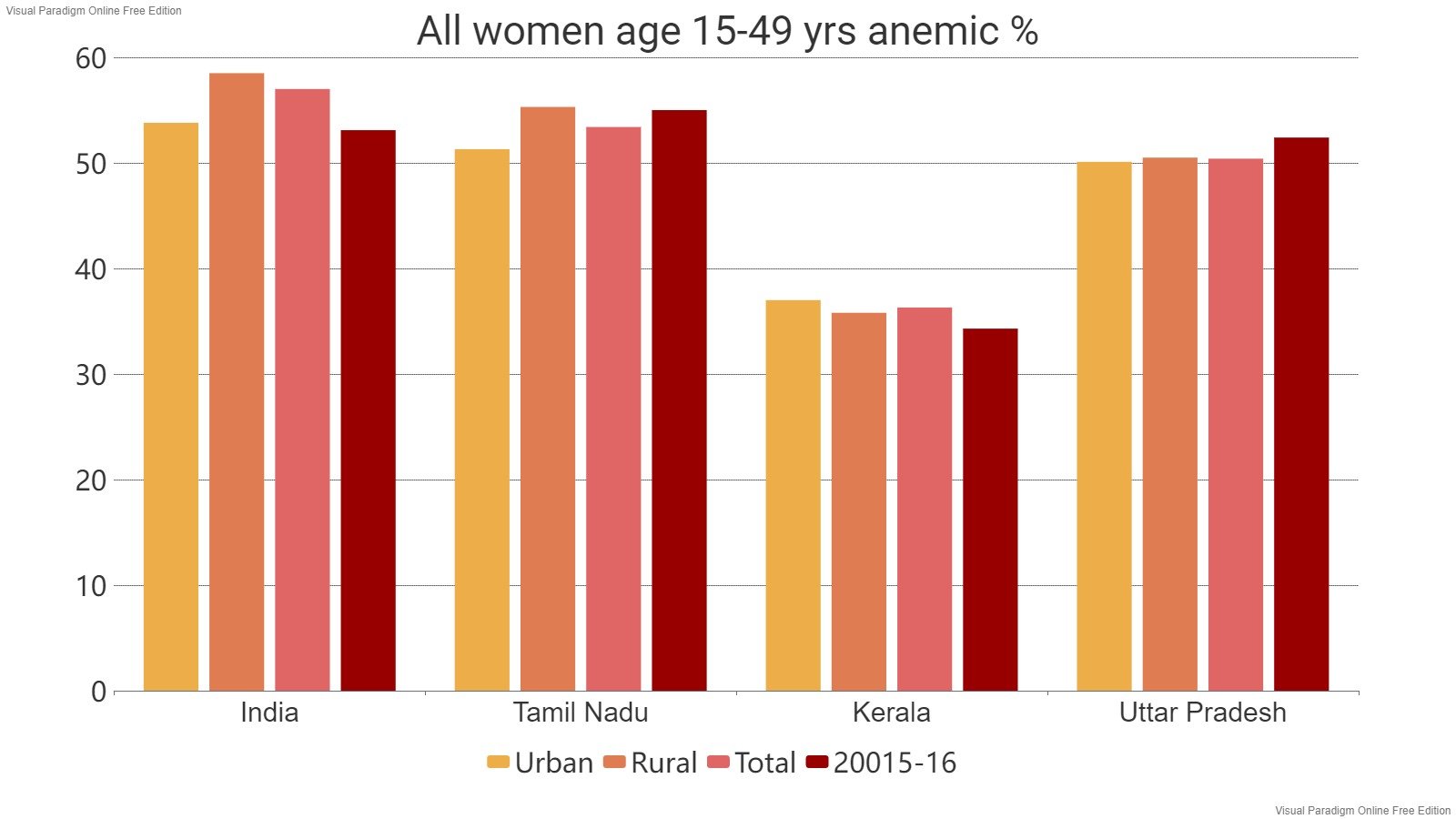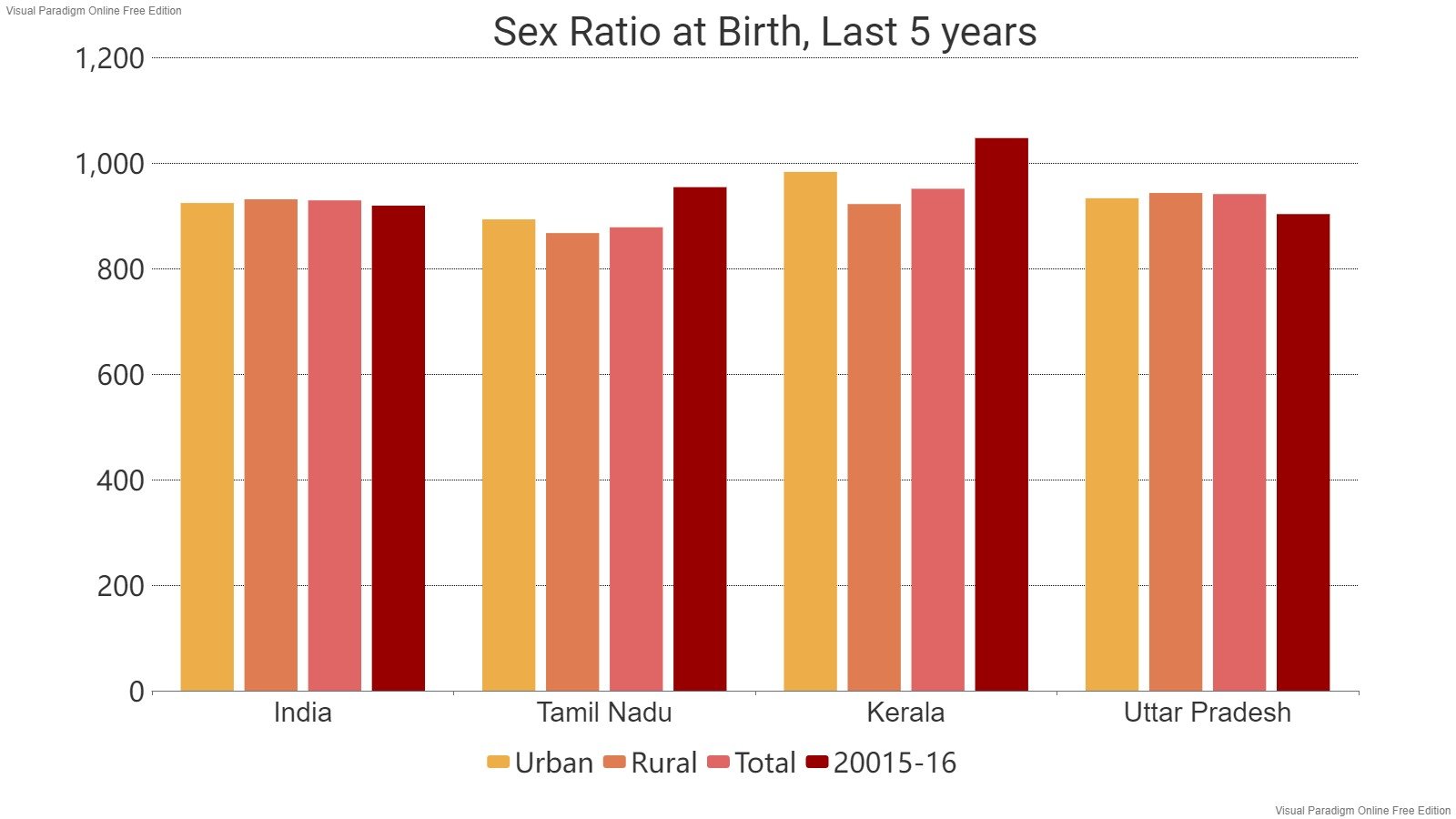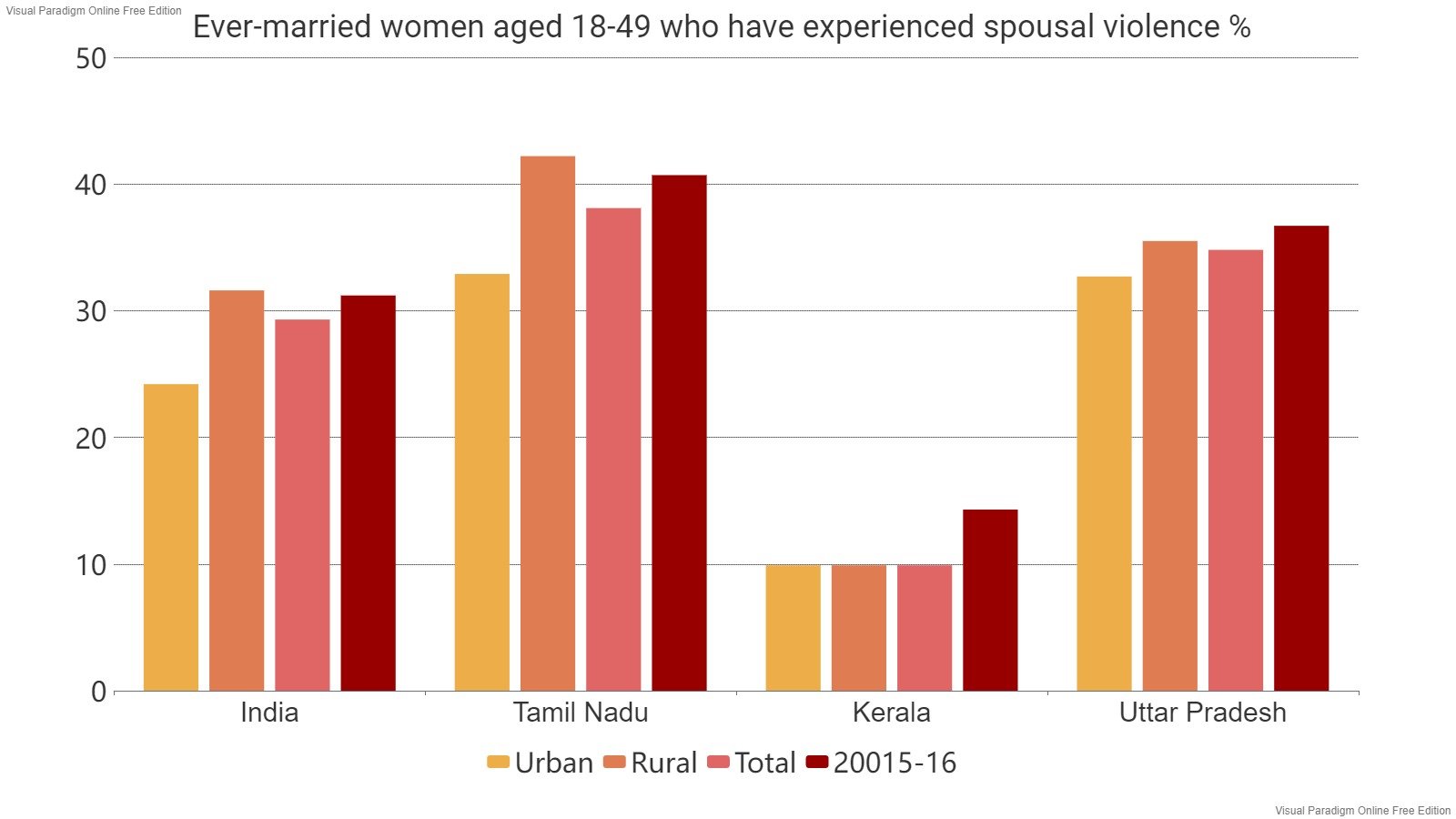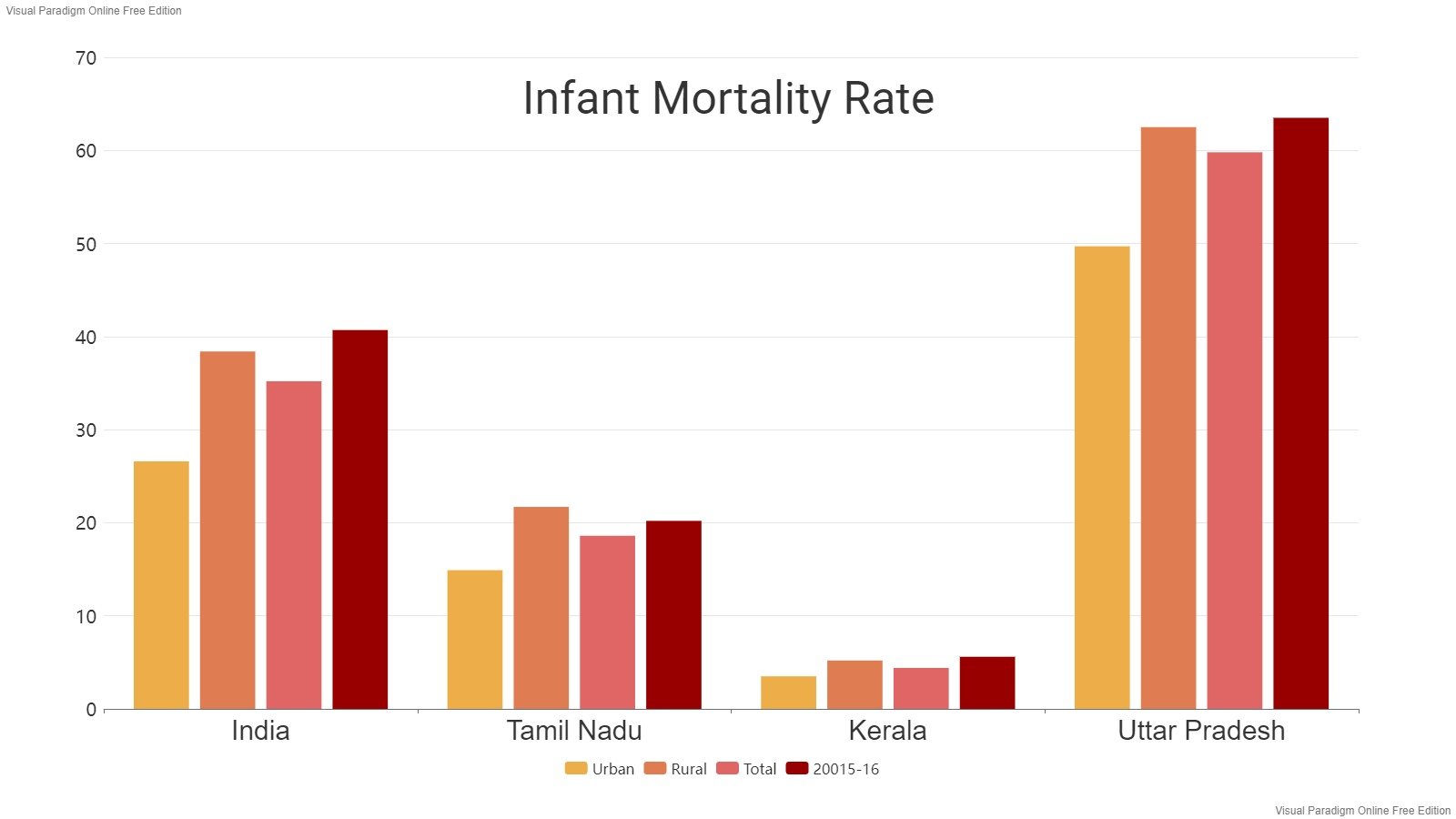Read in : தமிழ்
While MK Stalin’s leadership has given new life to the DMK after the death of M Karunanidhi, the AIADMK is in far worse shape after the loss of Jayalalithaa. The Dravidian parties have fashioned a politics based on welfare and mobilization of the under-priveleged. How relevant is that politics and what does the future hold for the parties?

Prof Narendra Subramanian
Inmathi discusses the future of the two parties with Professor Narendra Subramanian, Department of Political Science in McGill University, Canada. Subramanian has studied the politics of ethnicity, nationalism, religion, gender and race in India. His work has explored the role of identity politics, electoral competition, public culture and policy. His book, “Ethnicity and Populist Mobilization: Political Parties, Citizens and Democracy in South India” speaks about mobilization behind language and caste banners that strengthened democracy in parts of India.
Question: What do you think is the future of the AIADMK? You had shown in Ethnicity and Populist Mobilization that the AIADMK grew to replace the dominant party, the Congress, in the south and the west and the DMK replaced the communists in Delta and north. Given the separate vote base, what will happen to the AIADMK vote?
Answer: First, a clarification: the Congress was the dominant party throughout the state until the 1960s. The communists were only their strongest opponents in the Cauvery delta in the 1950s, a position they lost to the DMK from the 1960s. Congress faced opposition from a variety of parties in the north in the 1950s, but the DMK became its main opponent there from the 1960s. The AIADMK was the strongest party in the south and west from the 1970s to 1990s, and remained strong there until Jayalalithaa’s passing.
The AIADMK remained the strongest party in the West in the first post-Jayalalithaa assembly elections earlier this year, but DMK had overtaken it by then in the south. The AIADMK’s vote was more dependent than the DMK’s on the charisma of its two successive dominant leaders, MGR and Jayalalithaa. Although no remotely comparable leader has emerged in the AIADMK since 2016 and the party’s policies in power were ineffective in various respects from 2016 to 2021, the AIADMK only lost 9.1 percentage points of its vote share in the state assembly elections between 2016 (when Jayalalithaa was still the leader) and 2021. This shows that although sections of voters have opposed specific policies that the Dravidian parties have pursued over the decades, the Tamil Nadu electorate is not ready to shift wholesale from the established Dravidian parties to either older and near-moribund parties like Congress or the newer catchall parties that emerged since 2016 like the Amma Makkal Munnetra Kazagam and the Makkal Needhi Mayyam.
The Dravidian parties have retained broad support for this long crucially because they maintained some moderately egalitarian development policies such as the high educational and job reservations (69%), the midday meal scheme that especially improved nutrition, health, and education among the poorest, high investments in education and primary health, and a rural employment programme that was among the best implemented until 2016, even while shifting since the 1990s to the neoliberal policy frame adopted by the central governments.
The Dravidian parties have retained broad support for this long crucially because they maintained some moderately egalitarian development policies such as the high educational and job reservations (69%), the midday meal scheme that especially improved nutrition, health, and education among the poorest, high investments in education and primary health, and a rural employment programme that was among the best implemented until 2016, even while shifting since the 1990s to the neoliberal policy frame adopted by the central governments.
The most successful alternatives of the past decade have been the catchall Naam Tamizhar Katchi (NTK) which polled 6.6% in the last elections, and the niche Vanniyar-based Pattali Makkal Katchi whose support has however declined from a high of 5.9% in 1991 to 3.8% in 2021. In other words, the alternatives remain much weaker than the Dravidian parties. There is nevertheless room for the growth of alternative political forces for these reasons: the Dravidian parties withdrew from mobilizing society from the 1990s; subsequent waves of mobilization, such as among the middle castes, Dalits, and specific occupational and regional groups largely occurred through civil society associations but could be engaged by imaginative alternative parties.
The DMK’s and AIADMK’s embrace of neoliberal policies since then has aroused some discontent although outright opposition was contained through the maintenance of the somewhat egalitarian development policies I mentioned earlier. As the Dravidian parties have deeply impacted Tamil Nadu’s political culture over six to seven decades, the prospects are brightest for alternative political forces over the next generation if they build on some aspects of this political culture focused on the popular sectors, language, and caste. This is illustrated by the limited impact that widely popular public figures like Rajnikanth and Kamal Haasan who are not much connected to such forms of cultural politics have had on party competition and the greater influence of forces like the Naam Tamizhar Katchi and the PMK although their leaders have far less popular appeal.
Question: Would you still call the two parties just populist? Or is there a Dravidian economics as some experts theorize?
Answer: To me and various other scholars of populism, populism isn’t necessarily a cheap form of politics divorced from economic policy. Populist social movements and political parties contrast a virtuous or authentic popular community that they mobilize in opposition to elites they characterize as morally bankrupt or devoid of cultural roots. Such visions have mobilized diverse social coalitions, shaped different kinds of political parties, and inspired different policy agendas in India and elsewhere.
In India, populism came in three waves. The main populist forces during the first wave in the late colonial decades were Gandhian nationalism and movements of the middle and lower castes. Gandhi revalued an imagined pre-colonial social economy based in self-sufficient villages that had been undermined by colonial modernization, mobilized a coalition of peasants, smaller farmers, artisans, and workers, as well as middle and higher classes and castes that participated in anti-colonial agitations.
The middle and lower caste movements with populist characteristics included the Satya Shodhak Samaj in today’s Maharashtra, the Sri Narayana Dharma Paripalana Yogam in today’s Kerala, and the Suyamariyaathai Iyakkam/ Dravidar Kazhagam in today’s Tamil Nadu, among the middle castes; and the Ad-Dharm movement that mobilized the Chamar/ Jatav caste in today’s Punjab, Haryana, and Uttar Pradesh, the Sadhu Jana Paripalana Yogam among the Pulayar and Parayar in Kerala, and the All India Scheduled Castes Federation/ Independent Labor Party/ Republican Party of India based primarily among the Mahars in Maharashtra, Chamars in Uttar Pradesh, and the Namasudras and Rajbanshis in today’s Bangladesh and West Bengal.
The Dravidian parties’ alignment with the middle castes became more pronounced in their conflicts with Dalits and Adivasis, for instance in Villupuram in 1978, Vachathi in 1992, Pulliyur in 1998, Sankaralingapuram (in 2001, and Nayakankottai and Kondampatti in 2012
After independence, Congress assumed populist qualities under Indira Gandhi’s leadership briefly in the 1970s in association with the Garibi Hatao slogan and inconsistent anti-poverty policies such as bank nationalization supposedly to enable microcredit provision to the poor. While Congress did not maintain its populist qualities, populism became more strongly and consistently associated with alternative movements and parties from the 1960s. These populist forces included some that foregrounded caste – the socialist parties, primarily middle-caste parties that emerged partly from them such as the Janata Dal, Samajwadi Party, and Rashtriya Janata Dal, and lower caste parties, particularly the Bahujan Samaj Party; those that emphasized language affiliations – like the Telugu Desam, and the Asom Gana Parishad; and others that deployed both caste and language idioms – especially the DMK and the AIADMK. Various movements that resisted specific development projects and corporatization agendas also had populist features – e.g., those that opposed logging in the Himalayas and a hydroelectric project that would have threatened the Silent Valley National Park’s biodiversity in Kerala in the 1970s, dam construction in the Narmada river and mining projects in Odhisha from the 1990s onward, and plans to slash agrarian subsidies and corporatize agrarian marketing in 2020-1.
 Some of the main policies of the Dravidian parties that realized their populist promises were the expansion of OBC quotas from 25% to 50%, and SC-ST quotas from 16% to 19%, and non-caste-targeted welfare and development policies such as regarding school lunches, primary schooling, primary health, wage goods provision, and rural employment. The noon meal scheme, whose success inspired its subsequent enhancement, its adoption in other states, and a similar though less effective national program, particularly improved nutrition, health, and education among the poorest, including most Dalits.
Some of the main policies of the Dravidian parties that realized their populist promises were the expansion of OBC quotas from 25% to 50%, and SC-ST quotas from 16% to 19%, and non-caste-targeted welfare and development policies such as regarding school lunches, primary schooling, primary health, wage goods provision, and rural employment. The noon meal scheme, whose success inspired its subsequent enhancement, its adoption in other states, and a similar though less effective national program, particularly improved nutrition, health, and education among the poorest, including most Dalits.
Along with high government educational investments since the 1980s and educational subsidies for the SCs and STs, it significantly increased primary school enrollment to the third highest level in India, and helped Dalits nearly equal others in this regard, though they stay until high school and college less. High investments in primary health, the prioritization of broad access, and mechanisms to motivate service delivery and use ensured effective services for the underprivileged. Tamil Nadu also saw the wide distribution of subsidized food grains, homestead land, and housing (albeit of poor quality), a successful National Rural Employment Guarantee Scheme that supplemented the incomes of the rural poor especially until 2016, and the proliferation of women’s self-help groups that aid minor asset creation among the poor.
Even the development policies the Dravidian parties adopted in the 1970s and 1980s benefited upwardly mobile and middling status groups more than the poorest and Dalits and Adivasis. For instance, they doubled the OBC quotas from 25% to to 50% while also entitling a further 27% of the population, including various better-off castes such as the Kongu Vellala Gounder that were the predominant beneficiaries thereafter. By comparison, the SC-ST quota was raised only by a little under a fifth, from 16% to 19%, below these groups’ reported population share of 21%. The OBC job quotas are filled more than the SC-ST quotas, especially in higher paid posts. Thus, caste-targeted policies primarily benefitted better-off middle castes, but also some Dalits, Adivasis, and worse-off OBCs.
Land ownership and tenurial reform primarily benefited middling tenant farmers largely drawn from the middle castes whose secure tenure helped them buy the land that landlords sold in response to declining irrigation and soil fertility and lowered land ceilings. The generous subsidies for agrarian inputs such as fertilizers, pesticides, water pumps, electricity and oil for agricultural machines, and agrarian credit, and loan waivers further aided such mobility. The Dravidian parties ensured much less property and asset redistribution to the poor and Dalits.
Once the Dravidian parties largely accepted the central government’s neoliberal strategy from the 1990s, they redistributed resources less to disadvantaged groups and focused more on enabling corporate investment. Even then, they retained some links to their earlier redistributive and populist orientations, and this helped them retain much of their broad support. For instance, they introduced a 1% ST tier and a 20% tier for the Most Backward Classes and denotified communities in 1989 and a 3% Arunthathiyar tier in 2009.
These are some ways in which the Dravidian parties retained many aspects of their populism even while becoming more aligned with upwardly mobile and dominant groups. This helped them retain their electoral dominance and contain challenges to both caste and class inequality so far.
Vanniyars were granted a 10.5% tier within the MBC quota last February to placate the PMK, with uncertain distributive effect for this reduced the DNC quota to 7% and that of all other MBCs to 2.5%. The redistribution of land tenure declined. The Dravidian parties’ alignment with the middle castes became more pronounced in their conflicts with Dalits and Adivasis, for instance in Villupuram in 1978, Vachathi in 1992, Pulliyur in 1998, Sankaralingapuram (in 2001, and Nayakankottai and Kondampatti in 2012. As a result, an official estimate ranked Tamil Nadu among the top ten states in recorded “atrocities” against Dalits through the 2010s, the fifth decade of Dravidian party rule in the state.
These are some ways in which the Dravidian parties retained many aspects of their populism even while becoming more aligned with upwardly mobile and dominant groups. This helped them retain their electoral dominance and contain challenges to both caste and class inequality so far.
Question: The present finance minister put out a white paper on the economy which could be considered a neo-liberal critique. The prescriptions — a once in a generation reforms — looked neo-liberal too. For instance, the bus transport corporations are known to make huge losses in-part because of the pension scheme that was implemented in 1996-2001. He has identified transport losses as a major problem. Not sure if privatization is on the cards. The government has appointed several economists as advisors such as former RBI chief Raghuram Rajan who can be considered neo-liberal. What do you think of this? How far down the neo-liberal road can the DMK that built its voter base on populism afford to go?
Answer: As I haven’t followed the recent developments and statements of the Finance Minister closely, I would rather not say much about how my arguments extend to the last few months. However, I could say that neoliberalism and populism have been combined in various places since the 1990s (e.g., in different ways, Trump, Bolsonaro (Brazil), Menem (Argentina), Duterte (Philippines), and have been in Tamil Nadu since then.
(Read Part II of this interview here)
Read in : தமிழ்




